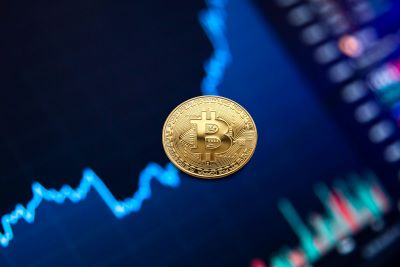
Global Halal Economy Update: The Facts & Figures
As consumers impact the economic inertia of the global Halal economy, the facts and figures not only give us future insights but outline current and future trends. The global Halal food market reached a value of USD$2 trillion in 2021. Looking forward, the market is projected to reach USD$3.9 trillion by 2027. In this article, we will review a few facts, figures and key drivers to the industry’s growth.
When analyzing key growth drivers of the industry, an interesting component involves government agencies engaging in certification and accreditation processes. In October 2019, the Government of Indonesia introduced mandatory Halal labeling and certification rules. Although the Halal accreditation and certification process may be fragmented and underdeveloped in other countries, when this occurred in Indonesia, it opened the doors to more channels of growth and engagement in the industry, especially since the Asia Pacific region is the industry’s market leader. Malaysia continues to lead the Global Islamic Economy Indicator, which is also followed by the UAE and Saudi Arabia.

When it comes to the concentration of global Halal industry market share, the Asia Pacific Region is at the top. In terms of major sectors in the global Halal industry, the Halal food and beverage sector is preeminent and gaining the attraction of more global investors and entrepreneurs. A global survey conducted by Frost & Sullivan discovered that Halal consumers spent on food, beverages and lifestyles amounting to $2 trillion in 2016.
The Halal industry is no longer confined to food and food-related products. As consumer demand increases, the industry now includes tourism, pharmaceuticals, cosmetics, health products, toiletries, medical devices and even service sector components such as logistics, marketing, print, electronic media, packaging, branding, and financing. Just within the tourism sector alone, the global Halal consumer market spent $169 billion in 2016. It was expected to increase to $283 billion in 2022, and it has.

Another key driver is the Islamic Finance sector. Both Muslim-majority and Muslim-minority countries are recognizing the segment’s potential. With banks becoming fully-fledged Islamic institutions, and governments encouraging Islamic Finance as a financial inclusion initiative, there are even Islamic FinTech advisors and companies. From the world’s first Sharia-compliant robo-advisor, or the first Sharia-compliant digital gold platform, such endeavors have mainly been achieved through utilizing crowdfunding systems and platforms. Assets were estimated at over $2 trillion in 2016 and expected to surge to $3.8 trillion in 2022.
In 2017, Ogilvy Noor launched a new book ‘Generation M: Young Muslims Changing the World.’ that touches on the importance purchasing power of Muslim millennials.

Millennials are playing a critical role in the nature and development of global economies, including the ever evolving Halal economy. With Muslim millennials being considered one of the 21st century’s most powerful economic forces, the global Muslim population is growing to be tech-savvy and self- empowered. Economic projects anticipate an increase of 73 percent — from $1.6 billion in 2010, to $2.8 billion in 2050. The latest studies indicate that Generation Y, millennials are (individuals born between 1980 and 2000) have an estimated combined spending power of $2.45 trillion.
At the 47th Islamic Development Bank’s Annual Meeting that was held a few months ago in Egypt, key Halal economy players, planners, advisors and investors convened. The theme of the side event was: Rejuvenating Halal Economy, Creating Economic Opportunities. Dr. Mansur Muhtar, the Vice-President of Operations at IsDB stated “The Halal industry has enormous potential. By tapping into opportunities offered by the Halal economy we can create more jobs and support the effort of our member countries to revive their economies following the devastating impact of COVID-19. This is also in line with the strategic objectives of the realigned strategy of Islamic Development Bank.”

His colleague Mr. Amer Bukvic, Acting Director General, Global Practice and Partnership at IsDB added: “This is a great opportunity to showcase the immense contribution of the Halal industry to the world. With rising unemployment and inflation across the globe, we need to explore non-traditional means of reviving the global economy. The Halal economy is a tested and trusted industry that we can tap into to support this endeavor.”
The facts and the figures post and pre COVID-19 align to the same projection: tremendous growth. It is quite obvious that the Halal economy is here to stay and is making a great impact on the progress of humanity.
Islamic Services of American (ISA) is a leading USA based Halal certification and auditing organization serving companies, the community, and the Halal industry for over 45 years. Contact ISA at isa@isahalal.com or visit the ISA website for more information at www.isahalal.com
picture credit: pexels
Written and submitted by Cush Consulting Group for ISA, Inc.